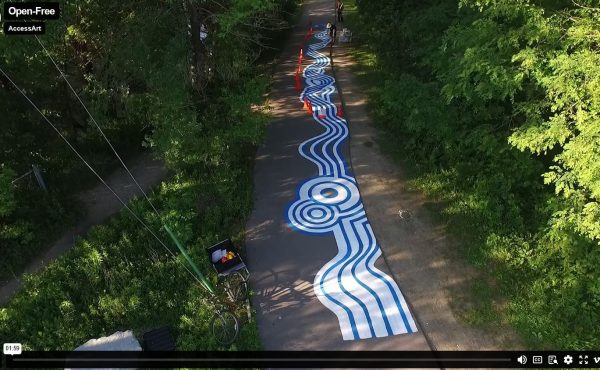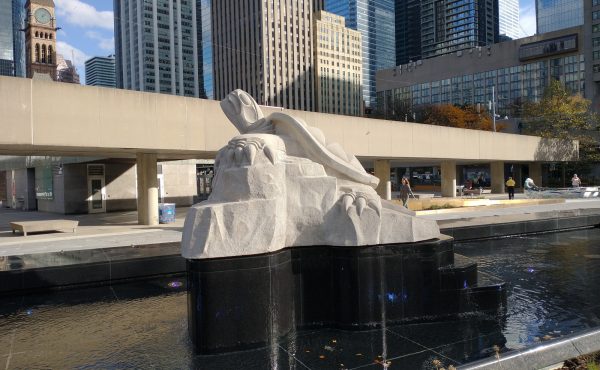
There’s already been far more interesting stuff at the Walk21 conference than I can easily report, so I will just give a quick taste of some of the interesting material I’ve heard so far.
I attended an intriguing session this afternoon that focused on the economic case for walking. There are lots of good reasons to encourage walking — it is environmental, healthy, and accessible. But many walking improvements need money, and the people who control the purse strings want to hear the business case for why they should spend on walking. It’s a case that has been difficult to make, because walking and its impacts has proved more difficult to measure than, say, cars.
Adrian Bell, Sustainable Mobility Manager for Transport for London (TfL), gave an overview of some of the quantifiable measures his agency has developed for making the case for walking. I can’t give the full complexity of the business model he showed, but here is some of the interesting information they have found:
Walking is far and away the most efficient use of space for transportation. The carrying capacity of space used by pedestrians is more than three times higher than that of a bus, the next most efficient form. TfL has started to measure “person flow” rather than “vehicle flow,” which creates an utterly different picture of how to prioritize street space for maximum efficiency.
TfL estimates that 35% of walking trips in London are complete to a destination (“A-to-B”), 29% are for pleasure, and a whopping 36% are to and from transit. They can only accurately measure the A-to-B trips, however (and that has traditionally meant that total walking trips are vastly underestimated — a problem in Toronto, too). They have identified the A-to-B trips as the ones that make the most significant economic difference, relieving the load on roads and transit. TfL has a goal of increasing these trips by 10% by 2015, but so far the increase has only matched population growth. The real increase has been in to-transit trips, because of a significant increase in transit use in London.
Speaking of transit, TfL has identified 109 trips between stations of London’s underground (subway system) which are faster to make by walking than by subway (taking into account the need to walk inside the stations). Bell pointed out how London’s famous, beautifully designed subway map completely distorts the real proximity of stations. I remember learning this myself when I lived in England and visited London regularly, realizing after a few visits that stations I was popping up at for separate specific destinations were in fact only minutes apart from each other by foot. One of their goals is to get people walking for trips between these stations — which the London Underground eventually agreed to help encourage when they realized that these short trips created more congestion in the system than they were worth.
Bell noted that walking cannot be considered cheap. Capital costs to create good walking environments are significant. Furthermore, when people were surveyed about what made an area more walkable, maintenance issues were paramount — cleanliness, safety, lighting — which means a good walking space costs money to maintain as well. However, the system they had developed to measure the economic benefits of walking (too complex to grasp quickly from a presentation) showed that these investments paid off with superior economic returns. For one thing, it was shown that people who walk spend significantly more than people who drive to destinations (in part because they make more return trips), and higher walking volumes result in higher rents for property owners. But there were also other more complex measurements of savings in costs and impacts.
He showed that the real potential for increasing walking lay in the suburbs of London (he had an amazing map demonstrating the density of walking trips across London, one which I hope to see replicated for Toronto someday). A huge number of short trips are taken by car to the town centres of outer London.
Land use change has the biggest impact on walking, because over 70% of trips of less than a kilometer were on foot — so the more destinations are available nearby, the more people will walk.
A final point was that surveys showed that walking was by far the least stressful mode of transportation in London: less than 10% found it stressful (the subway was considered the most stressful).
The other presentation was given by Todd Litman of the Victoria Transport Policy Institute (VTPI). He made some similar points, at a more general level, again providing valuable economic arguments for the benefits of investment in walking. A lot of the material he talked about is available at the VTPI website.
photo by Adam Krawesky



